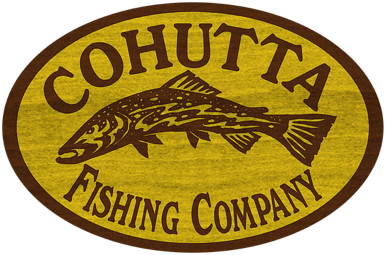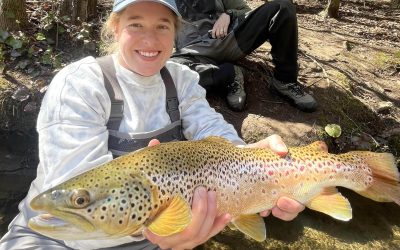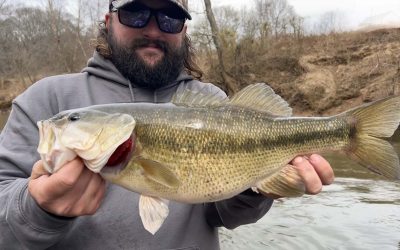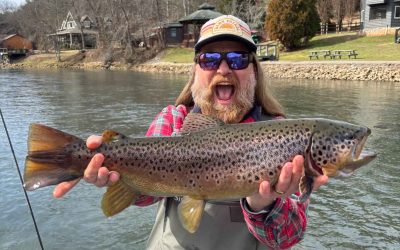The popularity of articulated flies has really taken off in the last decade, and for good reason. This platform of fly tying allows the tier to create a larger profile with materials that otherwise wouldn’t allow, and also provides one or more joints to give a pattern more movement. It also can give the angler a second tail hook that assists with hook-ups on short strikes. Understanding hook placement and shank placement within a pattern is critical, and sometimes misunderstood.
A two-hooked fly is probably the most common combination for modern trout streamers. When a lot of tiers venture into this platform, they make the mistake of putting the front hook and back hook too close together, whether this is due to the type of hook or because they don’t use a long enough joint between the two.
For example, one of the more popular hooks, the Gamakatsu B10s, is a wide gap stinger hook. If I were to tie a size 1/0 to a smaller trailer hook, I will use a longer joint to accommodate the depth of the bend – the distance between the point the hook shank ends to the point in which the hook bend ends. Check out the picture on the right for a visual aid. Without this joint, I am crowding the trailer.
A fly with a crowded trailer hook will result in worse hook-ups when both hooks attempt to penetrate because the pressure of a hook set is split between both hook points; by placing the hooks farther apart, there is a better chance applying the pressure of only a single hook and getting a better hook-ups, resulting in less fish lost.
A couple of the best remedies I have found when tying larger flies is to use an articulating shank, essentially a piece of heavy gauge wire with an eye that can be connected to other shanks or hooks, or to add extra beads onto the wire connecting both hooks together.
Also, a two hook platform is often redundant on predatory fish that attack the head of the fly first. Bass, Striper, and even brown trout will target the head of a fly most often, so I will use articulating shanks instead of a trailer hook unless I am worried about short strikes, or I am trying to keel (help the fly track correctly) the fly that I am tying. We’re always happy to talk about fly tying if you have any questions. If you want to come into the shop and tie flies, feel free to bring a vise and hang out.
Cartersville: (770) 606-1100
Blue Ridge: (706) 946-3044
Jacob Milholland






